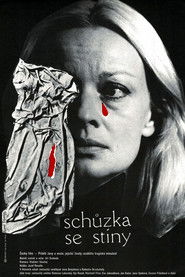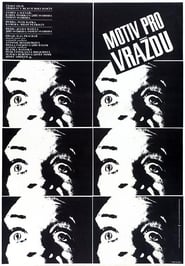detail profile ji c5 99 c3 ad svoboda
Peran Yang Di Mainkan Jiří Svoboda
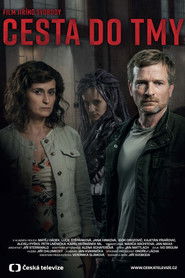 What led a former top scientist...
What led a former top scientist...Into the Darkness 2023
What led a former top scientist to rob a bank and hold a dozen hostages? Czech Television's crime thriller based on Martin Goffa's novel "The Little Girl" is squeezed into two environments - the interior of a robbed bank with hostages and the interior of a crisis management car, from where the police communicate with the mysterious attacker and try, like him, to play for time and find out more about him. The flashbacks also tell the story of the attacker's daughter Karin from the recent past, gradually revealing a connection with what is happening in the current storyline.
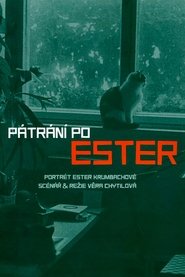 Ester Krumbachov a costume designer screenwriter...
Ester Krumbachov a costume designer screenwriter...Searching for Ester 2005
Ester Krumbachová - a costume designer, screenwriter, director; one of the boldest personalities of the Czech New Wave. She worked in theatre, she was a writer and an illustrator. She co-created films such as O slavnosti a hostech (1966), Sedmikrásky (1966), Vsichni dobrí rodáci (1969), Pension pro svobodné pány (1968), Valerie a týden divu (1970), Slamený klobouk (1972) and many others. In the 1960s, she was a 'pivot' of the art scene in Prague, attracting artists who were on the threshold of their career, just setting out to find their own form of self-realization. Those who underwent her tutelage remember her forever. Director Vera Chytilová talks to those who knew Ester Krumbachová, who worked with her, befriended her, loved her. She sets off on a search that is to end by answering the question: Who was Ester?
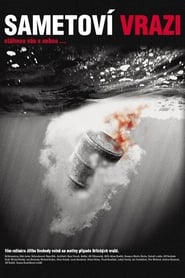 A thriller loosely based on one...
A thriller loosely based on one...Sametoví vrazi 2005
A thriller loosely based on one of the most violent Czech criminal cases of the nineties, popularly known as the Orlík murders. The film delves into the motivation behind the killings, exposing their exceptional cruelty and an absolute absence of moral values. The perpetrators executed four people on their way to achieving material gain. Two of the bodies were found at the bottom of Orlík reservoir, the third perished in a bomb blast, and the forth was shot at home...
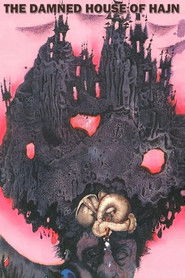 Sonya is the heiress to the...
Sonya is the heiress to the...The Damned House of Hajn 1989
Sonya is the heiress to the riches of a Czech noble family—the Hajns. Petr, a social climber marries her, ignoring some shady goings-on—in particular, an insane uncle who prowls the mansion believing himself invisible, a peccadillo the family indulges. The uncle’s stalking every corner of the house, popping out of cupboards and out from behind curtains slowly takes its toll on the young bride.
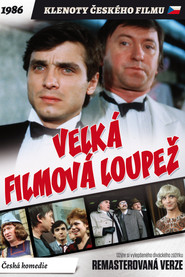 The film is essentially a featurelength...
The film is essentially a featurelength...The Great Movie Robbery 1987
The film is essentially a feature-length commercial for an exhibition to mark the 40th anniversary of the nationalisation of the Czechoslovak film industry, to be held at the Prague U Hybernu venue. The protagonists of the piece are comedians Oldrich Kaiser and Jirí Lábus, who are set to accept an award from Japanese television representatives at the exhibition. At the same time, five gangsters plot to seize a revolutionary invention devised by professor Suzuki - a super holograph, which enables any figure from television to be transported in the flesh into the real world, and vice-versa.
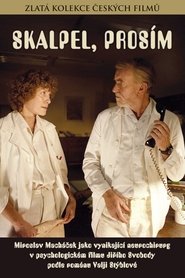 A psychological drama exploring the notion...
A psychological drama exploring the notion...Scalpel, Please 1986
A psychological drama exploring the notion of the doctor as a moral authority, who within the framework of their everyday work must face questions of life and death. The film is adapted from a novel by Valja Stýblová, in which the author draws upon her personal experiences as a former neurosurgeon. The protagonist of this drama is an ageing professor, based at a Prague neurological clinic, who is haunted by issues concerning his own principles and values, and also by the case of a young patient, Víťa, afflicted with an inoperable tumour.
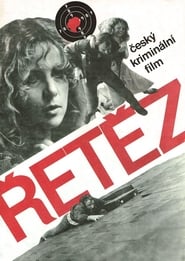 Carefree young nurse Marta learns upon...
Carefree young nurse Marta learns upon...Chain 1981
Carefree young nurse Marta learns upon her husband's death that he was involved in all manner of criminal activity, which puts her life in danger.
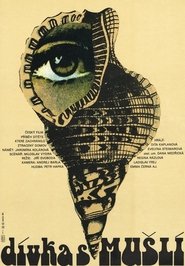 Thirteenyearold Vendula dozes off at school...
Thirteenyearold Vendula dozes off at school...Girl with Shells 1981
Thirteen-year-old Vendula dozes off at school and dreams about her parents riding in a carriage dressed in their wedding clothes. The young teacher is angry with the girl who has already failed a year, and has no idea that she is looking after three younger half-brothers. They all have a different father and their mother comes home noisy and drunk every day, often accompanied by a man...
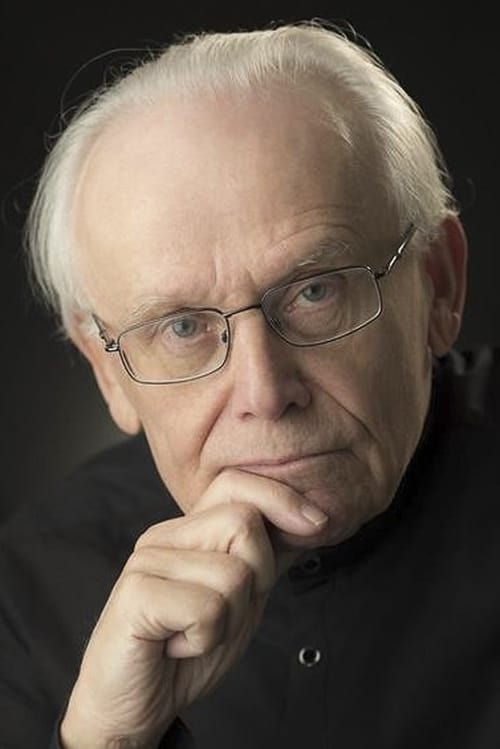
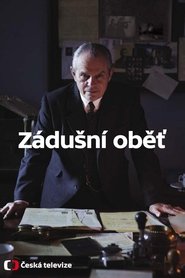
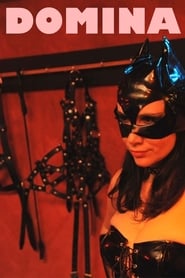
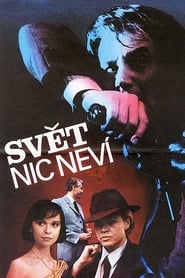 The story takes place in the...
The story takes place in the...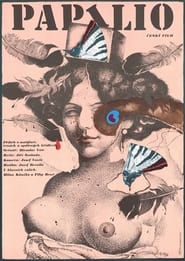
 Drama set on an isolated farm...
Drama set on an isolated farm...